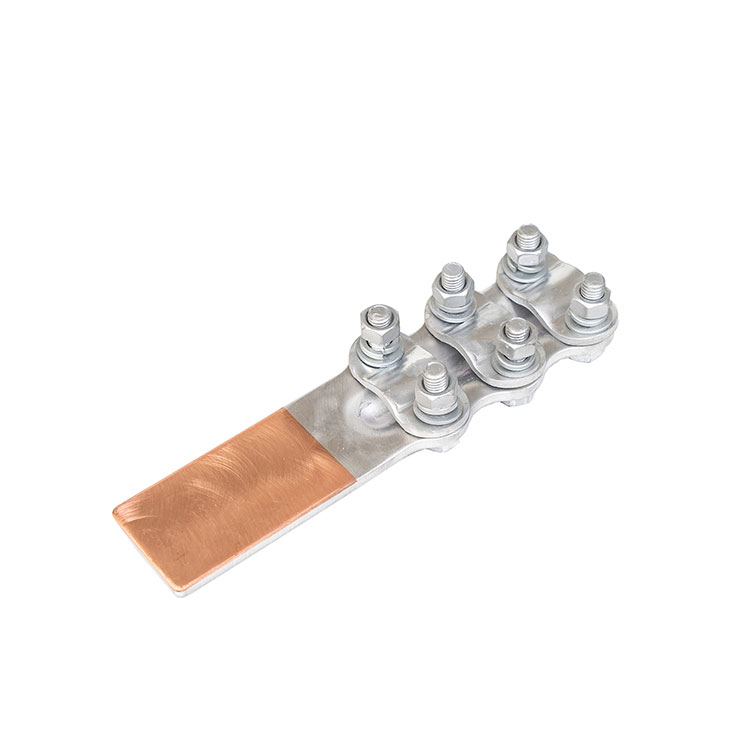Cable clamps are indispensable accessories in industries such as power and communication, used to fix, support, and protect various types of cables, ensuring their safe operation in complex environments. According to different application scenarios, cable types, and installation requirements, cable clamps have formed a variety of types. The following will provide a detailed introduction to several common cable clamps.
1. U-shaped cable clamp
This is the most basic and widely used cable clamp, named after its shape similar to the English letter "U". U-shaped cable clamps are usually made of metal or engineering plastics and fastened to the cable by bolts or clamps. Its advantages lie in its simple structure and fast installation, making it suitable for fixing single or multiple cables, especially in power overhead lines. It is commonly used to fix overhead cables to insulators or cross arms.
2. Tubular clamp
The tubular clamp is mainly composed of metal pipes and fixing bolts, suitable for fixing large diameter and high load cables. Its working principle is to insert the cable into the tubular body and compress the internal rubber gasket by tightening the bolts, thereby forming a uniform and stable clamping force on the cable. This type of cable clamp has good tensile strength and wear resistance, and is commonly used for direct burial of underground cables, tunnel laying, or fixing inside cable trays.
3. Fire resistant wire clamp
This type of wire clamp is made of materials with excellent high-temperature resistance and flame retardant performance, such as ceramics, silicone rubber, etc. In extreme situations such as fires, fire-resistant wire clamps can effectively maintain their mechanical strength, prevent cables from loosening due to heat, and ensure the continuity of power supply. They are often used in places with strict fire safety requirements, such as high-rise buildings, subways, and mines.
4. Explosion proof wire clamp
Explosion proof wire clamps are specially designed for flammable and explosive environments, such as in petrochemical, coal mining, and other places. They use special sealing structures and explosion-proof materials to prevent electric arcs and sparks at cable connections, thereby avoiding explosion accidents. At the same time, the explosion-proof wire clamp also has good anti-corrosion and waterproof performance, suitable for long-term use in harsh environments.
5. Branch clamp
Branch clamps are mainly used for connecting and fixing the main and branch parts of cables, and are commonly used in equipment such as cable branch boxes and distribution boxes. Its structure usually includes the main clamp body, branch clamp body, and insulation protection components, which can firmly fix and protect cable joints, prevent loosening of joints due to vibration, tension, and other factors, and ensure the reliability of electrical connections.
6. Fiber optic cable clamp
Fiber optic cable clamps are specifically used to fix fiber optic jumpers, tail fibers, and other optical cable products. They are mostly made of non-magnetic, non corrosive plastic or stainless steel to avoid interference with fiber optic signal transmission. This type of cable clamp is designed to be lightweight, easy to install, and can effectively prevent signal attenuation caused by excessive fiber bending. It is commonly used in fiber optic cabling systems such as data centers and telecommunications rooms.
In summary, there are various types of cable clamps with their own characteristics. Users should choose appropriate cable clamp products based on the actual application environment, cable specifications, load requirements, and safety standards to ensure the stable operation and long-term durability of the cable system.





